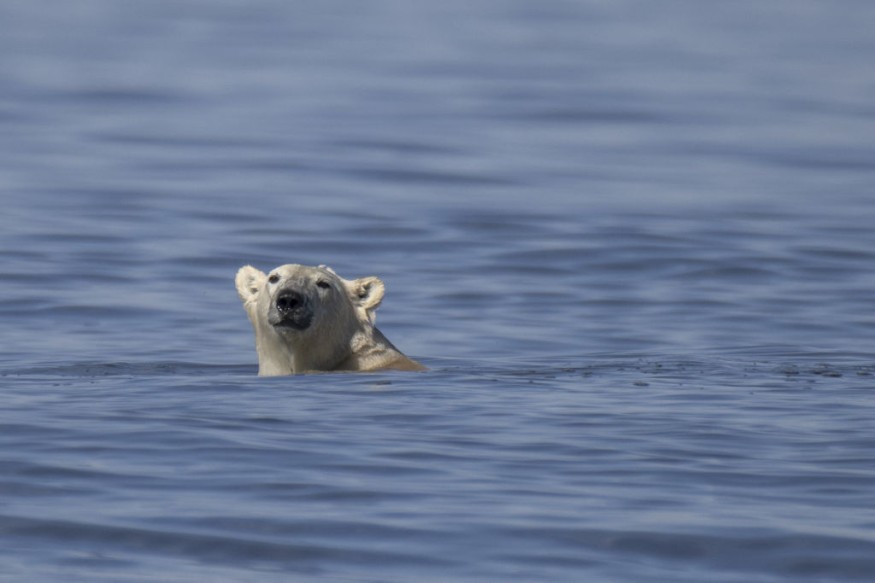Carnivorous animals are organisms that eat meat or flesh of other animals in order to survive. As part of the food web, carnivores prey on herbivores (animals that eat plants), omnivores (animals that eat plants and animals), or other carnivores. While humans, in rare cases, are also potential prey in the food chain, a recent study shows carnivorous attacks on humans have increased over the past several decades.
In recent years, there have been multiple incidents of carnivorous animal attacks on humans. Some of the recurring theme behind this human-wildlife conflict is habitat encroachment or human settlement expansion into the natural habitats of animals. In the said new study, scientists have supported this growing evidence. Meanwhile, other experts also reportedly blamed climate change behind the attacks.
Carnivorous Animals Attack Humans

The study was published in the journal PLOS Biology on January 31, wherein 33 contributors worked together on a report spanning 70 years; which contains collected data on attack incidents from various sources, including news reports and published literature.
The report asserts that carnivorous animal attacks on humans have steadily increased since 1950, due to human population growth and expansion to new areas which were once the safe haven of these animals.
Ecologist Vincenzo Penteriani, an ecologist from the Spanish National Research Council and contributor to the report, said the increasing population has also lead to the rise of human encroachment on natural habitats, which is the probable cause of the uptick in attacks by bears, big cats, and wolves worldwide, as cited by NBC News.
Meanwhile, other experts point out that the climate crisis could also be contributing to the heightened human-wildlife conflict.
Notable Cases
Given the growing evidence linking both habitat encroachment and climate change to such attacks, below are some of the notable cases of human-wildlife conflict in modern times.
Just earlier this year, a polar bear killed a woman and her son in the remote village of Wales in Alaska in January, making it the first fatal polar bear attack in Alaska after more than 30 years. Officials said that victims Summer Myomic, 24, and her infant Clyde Ongtowasruk, 1, were unable to notice the looming threat due to low visibility caused by a snowstorm at that time, Sky News reported.
In 2022, a mountain lion attacked and severely wounded a nine-year-old girl who was playing hide-and-seek at a church camp near the town of Fruitland, northwest of Spokane in Washington state. While mountain lion attacks on humans are rare, such incidents have increased in North America as people continue to enter their natural wild habitat, The Guardian reported.
Also last year, locals and security forces in an Indian village hunted down a man-eating tiger that was responsible for killing at least nine people in Champaran, Bihar state. The wild animal is known as the "man-eater of Champaran," the BBC said.
© 2025 NatureWorldNews.com All rights reserved. Do not reproduce without permission.





